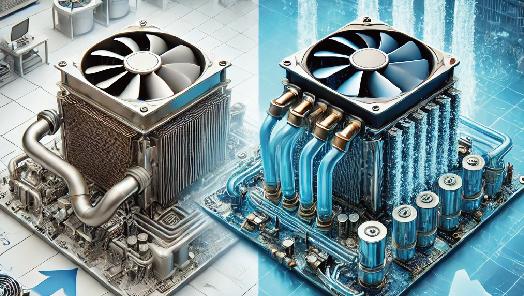In accordance with the European Union’s General Data Protection Regulation (GDPR), we are committed to safeguarding and ensuring your control over your personal data. By clicking “Accept All” you are permitting us to use cookies to enhance your browsing experience, assist us in analyzing website performance and usage, and deliver relevant marketing content. You can manage your cookie settings below. By clicking “Confirm” you are agreeing to the current settings.

Heat Dissipation Market Shift: From Air Cooling to Advanced 3D VC and Water Cooling
In the past, cooling fans were mainly used in personal computers and laptops. With the industry's long-term decline, coupled with low product innovation, low barriers to entry, and alarmingly low profit margins, major manufacturers have seen their profit margins drop as low as 1.92%, lower than "3 to 4 percent."

Future Materials: The Combination of Graphene and Perovskite Achieves Advances in the Solar Energy Field
The combination of graphene and perovskite has proven to be a highly promising pairing. Perovskite refers to a class of materials with the same crystal structure as the mineral perovskite (CaTiO3), which was the first discovered perovskite crystal. Perovskite materials exhibit high efficiency in absorbing photons and converting them into electric current, making them a potential silicon alternative in solar cells. As silicon solar cells approach their theoretical efficiency limits, perovskite solar cells are emerging as a cost-effective, lightweight, and flexible solar alternative.

What is a high nickel ternary battery?
In recent years, Tesla, as well as battery manufacturers in Japan and South Korea, have been developing "high nickel ternary batteries." By reducing the use of rare metal cobalt and increasing the use of aluminum and nickel, these batteries not only lower costs but also enhance energy density.
Lithium batteries are currently the mainstream choice for electric vehicles, regarded as the "oil" of the new energy era. The demand for lithium batteries has risen with the growth of electric vehicles. However, the pandemic and wars have led to increased prices of metal raw materials and components, driving up the cost of lithium batteries.


